One of those work commitments is an Oyster Ark project. The project involves various Government bodies, scientists from various Scottish Universities (Heriot Watt, Napier, Roslin Institute) and private individuals like us. The ultimate goal of this project is to help save the remaining wild Native oyster (Ostrea edulis) populations in Scotland but there are a few other things that can hopefully be achieved as well.
Genetics
Along the way, the project also aims to map the genetics of the remaining populations. At this point, very little in known about how genetically diverse the remaining Native oyster populations are. Establishing how varied they are shall help increase our knowledge of the species and give an insight into exactly how endangered various populations are. With this knowledge at hand informed decisions around how to carry out various restoration efforts can then be made.
Mapping
However that is all stuff for later, the goal for now is to actually find the surviving populations, and this is not as easy as it sounds.
It is a sad fact that Native oyster beds have almost been wiped out, and the key reason for this has been human driven exploitation of the animals or human driven damage to the ecosystem that supports them. Of course, there is also a disease issue but that is a topic for another day.
We have access to countless pages of historical reports of oyster locations but if you visit these sites there shall be no oysters, at best there may be some empty shells but even that is not guaranteed.

Dangers & Secrets
Many months of hard work from all involved in the project, has led to a shortlist of potential sites being identified. A series of sites have now been surveyed and several populations have been identified.
These range from relatively healthy numbers all the way down to poor counts; the populations with poor counts are actually a big worry as they could be actually be ‘zombie populations’, in a state where the biomass is just not big enough to sustain itself and that shall over time simply cease to exist.
It was felt that on one of the relatively healthy sites the population distribution suggested that site had probably been disturbed by illegal harvesting in recent years. It was later confirmed by an individual with local knowledge that this had indeed happened.
And this is the reason there shall be no reference in this post as to where the surveying has been carried out. That really is a sad state of affairs and a reason to pause for thought….
Optimism
However it is not all doom and gloom. We have found what we are looking for and in sufficient numbers. The search shall continue and next year all the exciting genetics activity shall kick into action.
Efforts to save the Native oyster are now happening, and that fills us with hope!
Forward
But for us it is time to get back to the farm, and to start preparing for the busy Christmas season.



